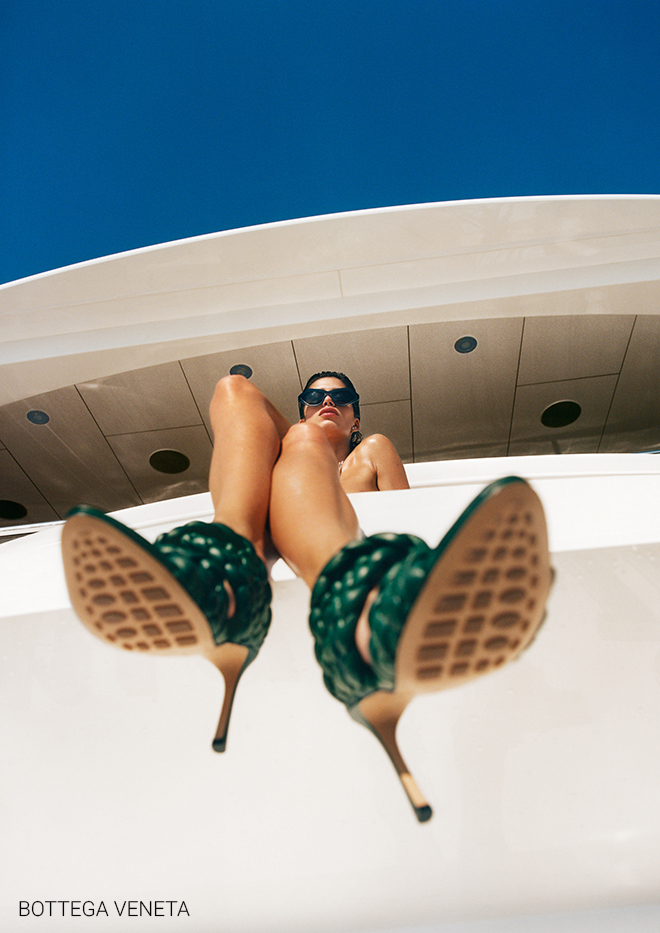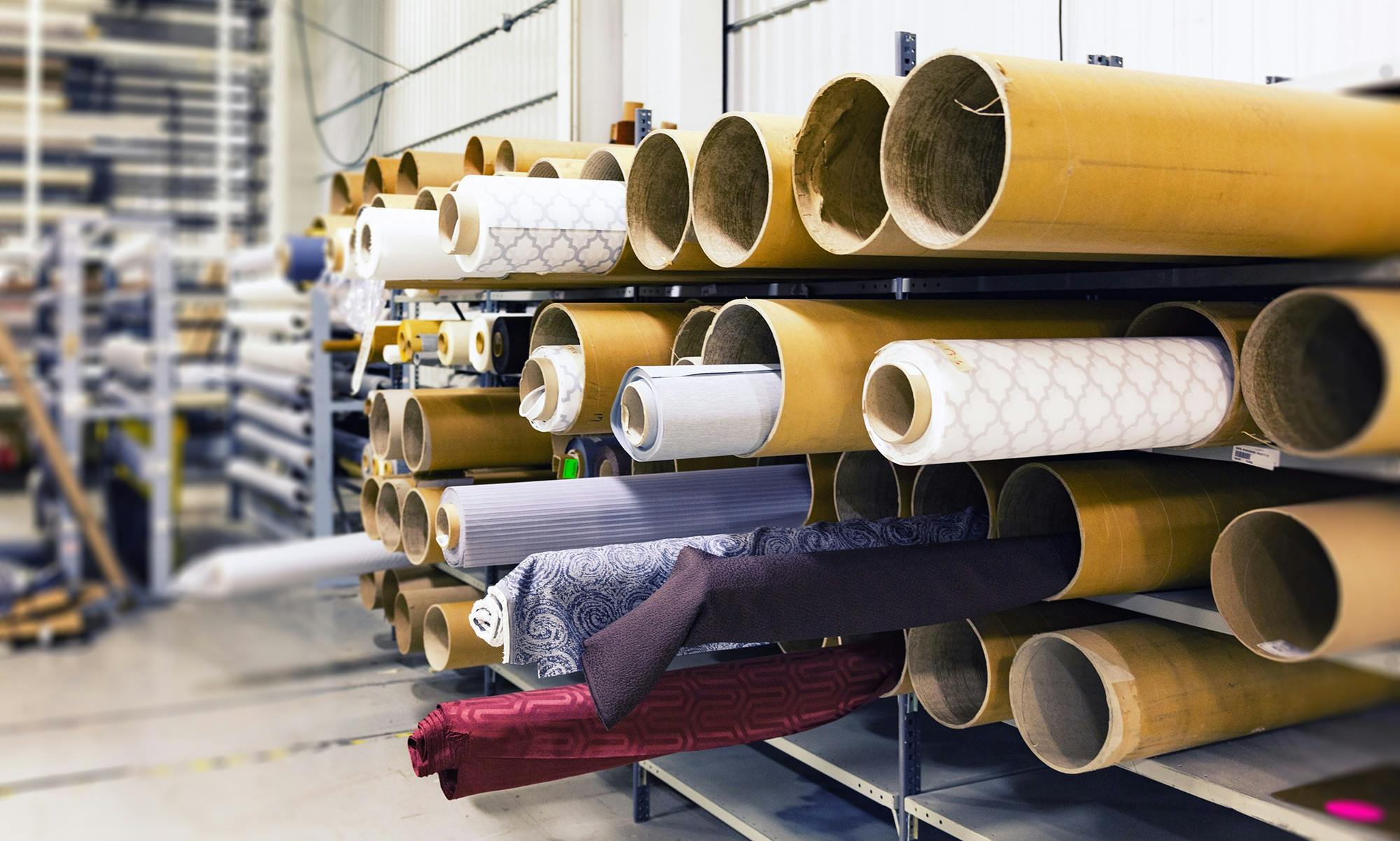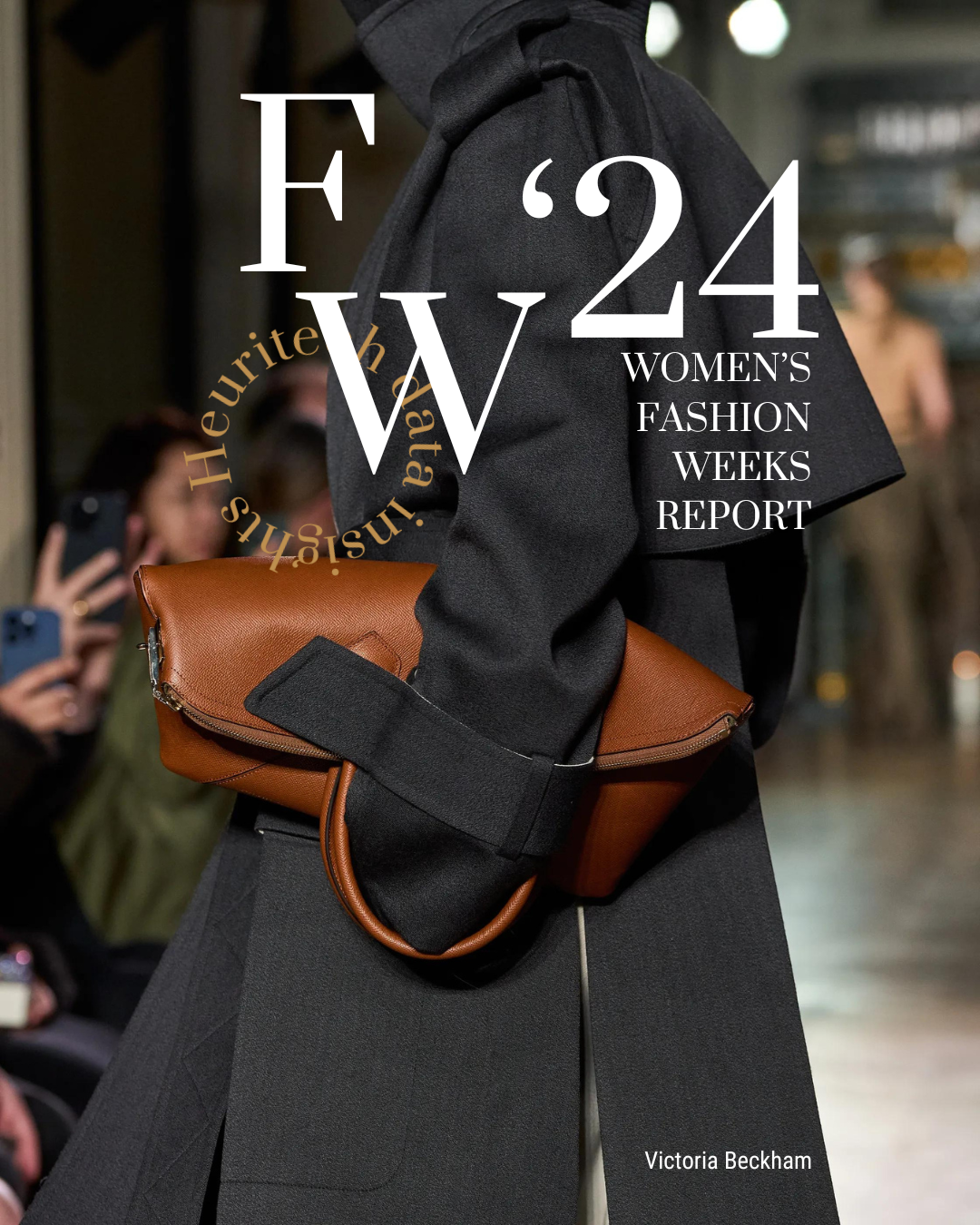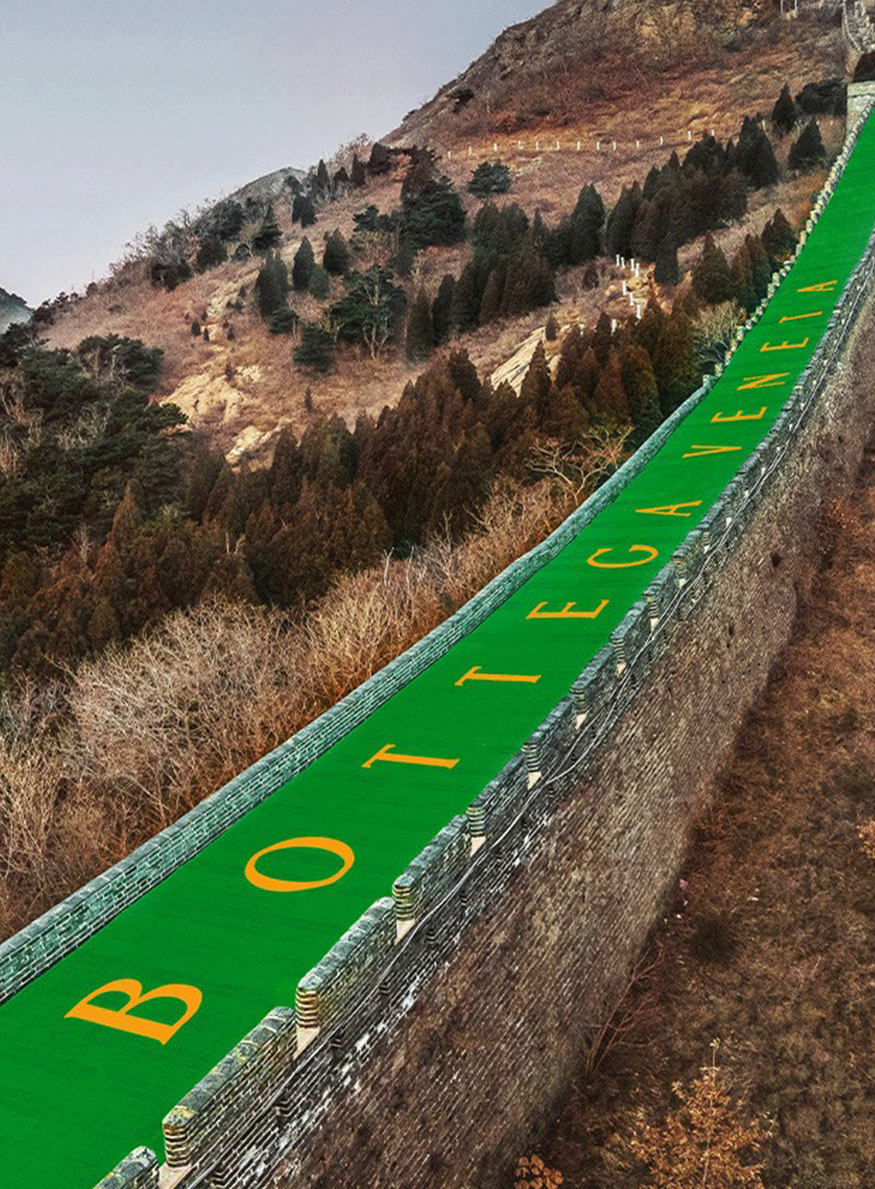For a long time, it was commonly said that fashion trends circle back every two decades. In the industry of before, twenty years was enough time for a trend to rise to popularity, fade away for long enough to be forgotten, and return again with a modern twist.
While the 20-year cycle remains true to an extent, the advent of innovative technologies and social media has drastically condensed the life cycle of trends today. Styles from every decade make appearances at seemingly random moments, and a multitude of styles can be popular at the same time. Design and merchandising technologies have greatly reduced the speed-to-market, and social media makes it so trends rise and fall overnight.
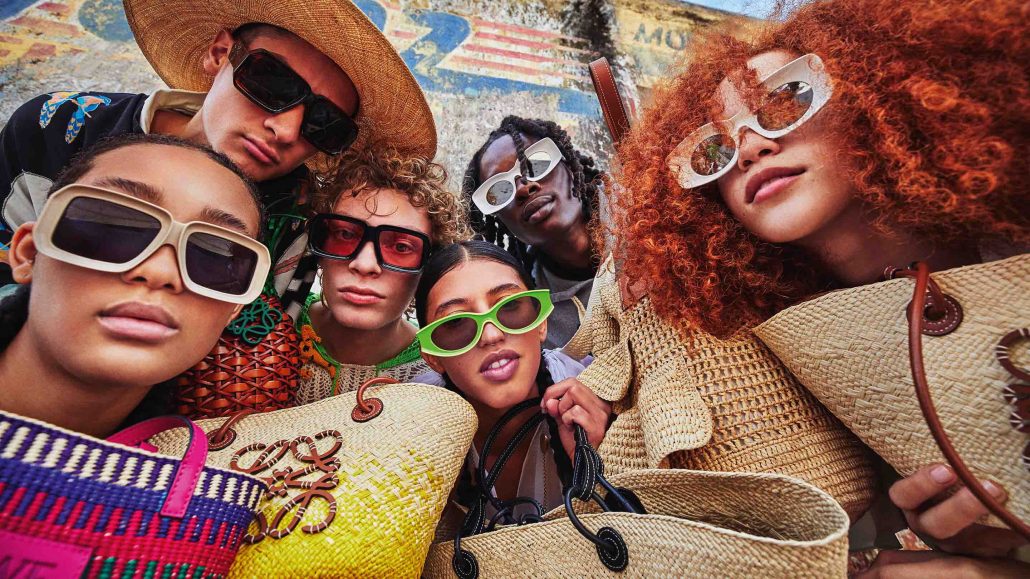
Trends today also originate from myriad sources, including celebrities and influencers, runways, textile manufacturers, social media, music, and more. Their appearance and disappearance are calculated by designers, but also by outside parties like stylists and trend forecasters. A trend may rise to popularity for one reason and fall out of favor for another. Trends are an at times unpredictable phenomenon, but certain behaviors remain true. Indeed, the life cycle of a trend consists of five stages:
- Introduction
- Rise
- Peak
- Decline
- Obsolescence
1. A new fashion trend is introduced
The first stage of a trend’s life cycle is initiated when the new style is introduced. This can be a silhouette, color, pattern, fabric, and more. During this stage, the origin of the trend typically finds itself at the hands of a major brand or designer during the on-season of Fashion Week.
Valentino’s FW22 collection, for instance, featured a particular shade of pink labelled “neon pink” by Heuritech’s fashion experts.
Following the collection’s debut, this shade of pink exploded in popularity and is now considered an established trend for this Winter 2023 among women in the USA, with a significant +44% growth compared to last year.
Right: Valentino
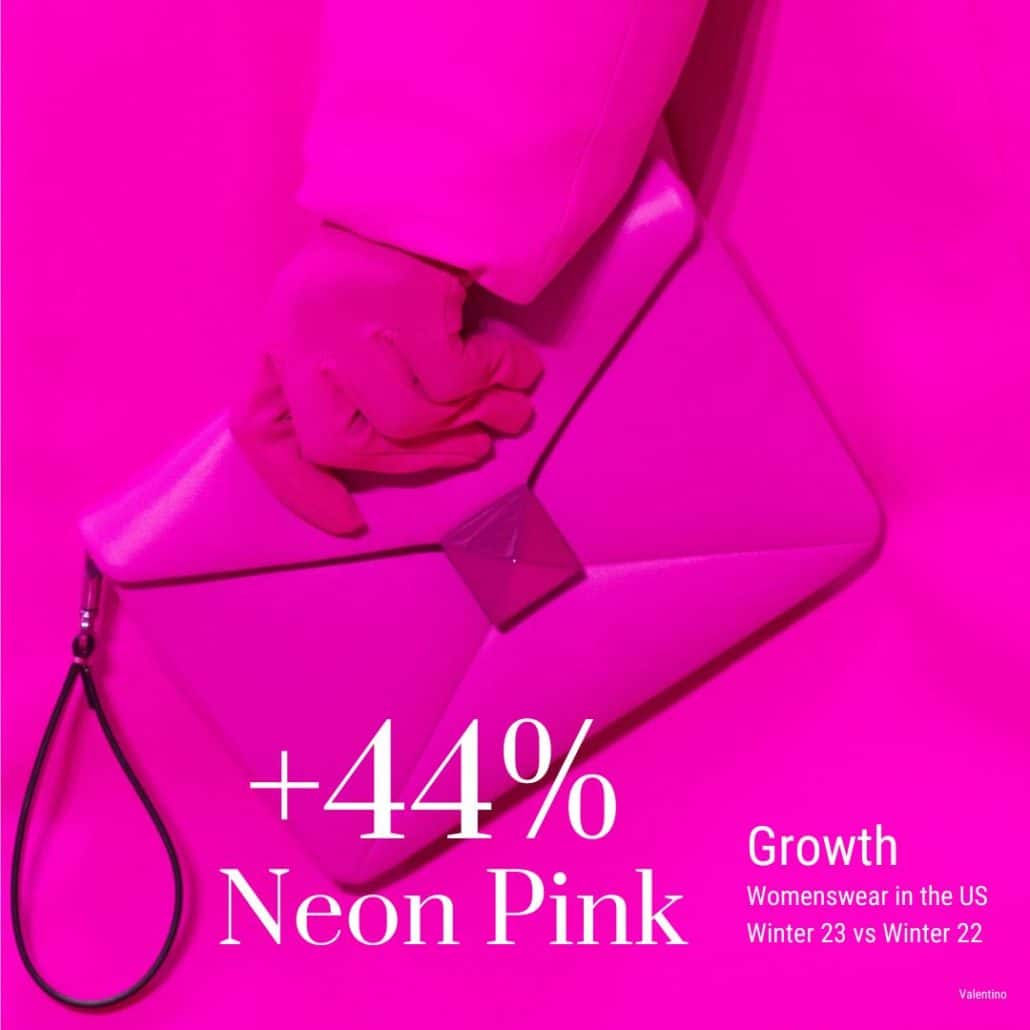
While not all new trends rise to such impressive popularity, it goes to show that when a major brand makes the introduction, there is often a higher chance of a trend finding success among other high-fashion and luxury brands before it trickles down to retailers and fast-fashion brands.
Design and merchandising technologies have greatly reduced the speed-to-market, and social media makes it so trends rise and fall overnight.
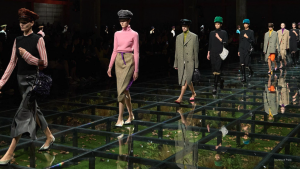
New trends can also be introduced by grassroots styles, like consumers’ penchant for DIY fashion which was born from the global lockdowns in 2020. And like so often during the introduction stage, the visibility of a trend is born from a niche target audience, either high-fashion or edgy consumers.
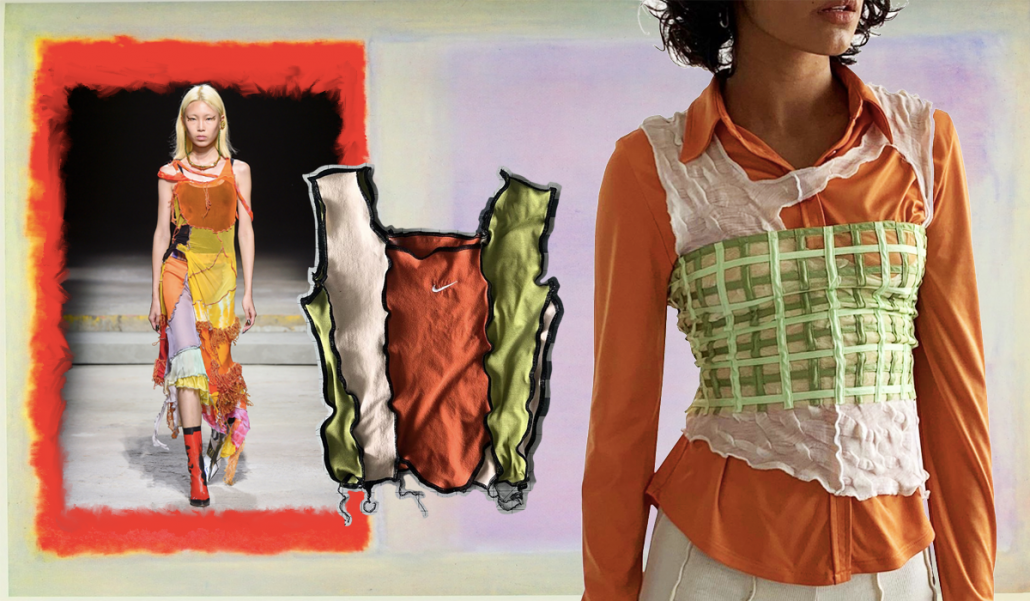
This is also the reason why trends at this stage exist in small quantities at only a few retailers, because mass production only comes once a trend’s relevance is assured by a significant amount of consumers. It’s also important to note that new trends don’t always take off; sometimes, they are introduced and then retracted if enough consumers don’t catch on.
2. The rise of a fashion trend
The second life cycle stage is a trend’s rise to popularity, in which a style evolves from simply “new” to “trendy”. Today, this often happens with the help of celebrities and influencers who popularize a style either by paid promotion or genuine appreciation. Stylists and media strategists often play a big role in this form of popularization, calculating which influencer will wear what.
An example of this phenomenon unfolded when star Dua Lipa and fashion influencers like Camille Charriere embraced the trend of sturdy, buckle-clad biker boots at the inception of 2022, prominently featuring them in their social media posts and public appearances. By the close of 2022, our trend analysts documented an impressive 34% surge in the popularity of buckled boots for Winter 2023 compared to the preceding year, notably gaining traction among fashion-forward women in China.
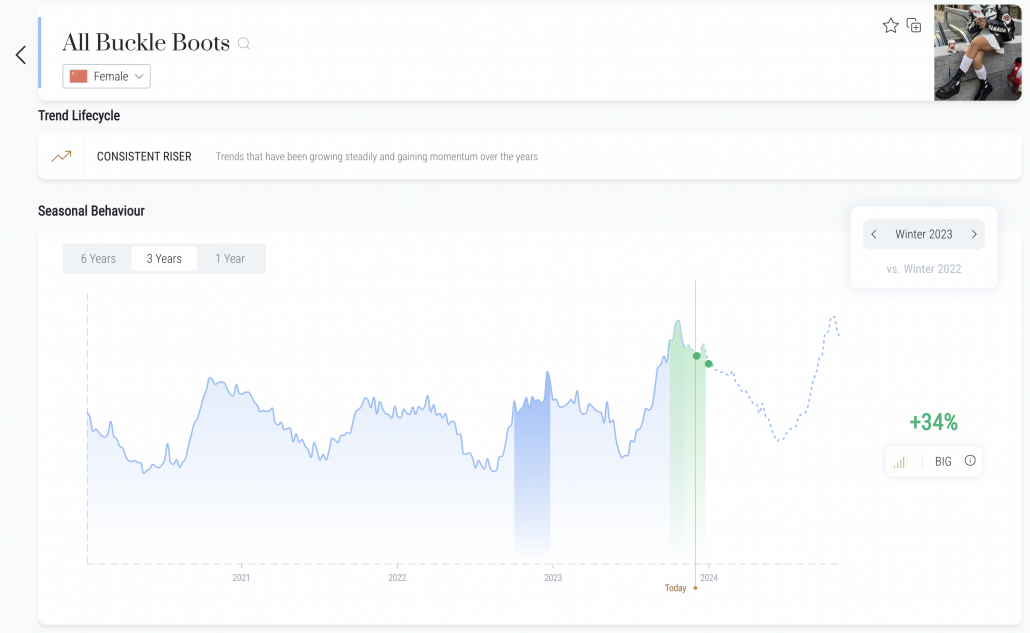
The influence of celebrities and influencers is undeniable.
Understanding the pathway of trends from one geography to another is crucial. The interconnected world of social media and global fashion events plays a pivotal role in this cross-cultural exchange. As celebrities and influencers adopt and flaunt these styles, their impact transcends national borders, reaching audiences worldwide.
The power of social media ensures that fashion trends, once exclusive to one region, swiftly become a global phenomenon, captivating audiences and shaping style preferences across diverse cultures.
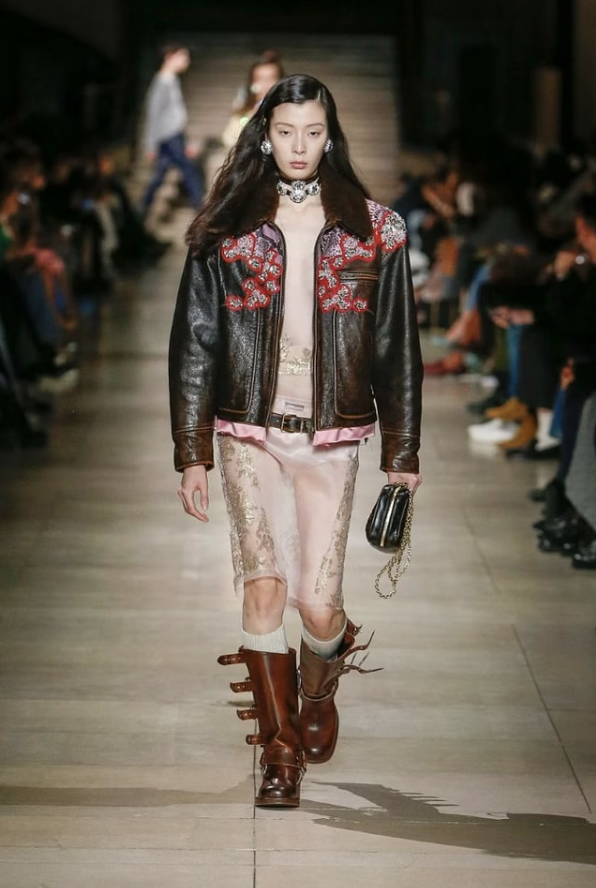
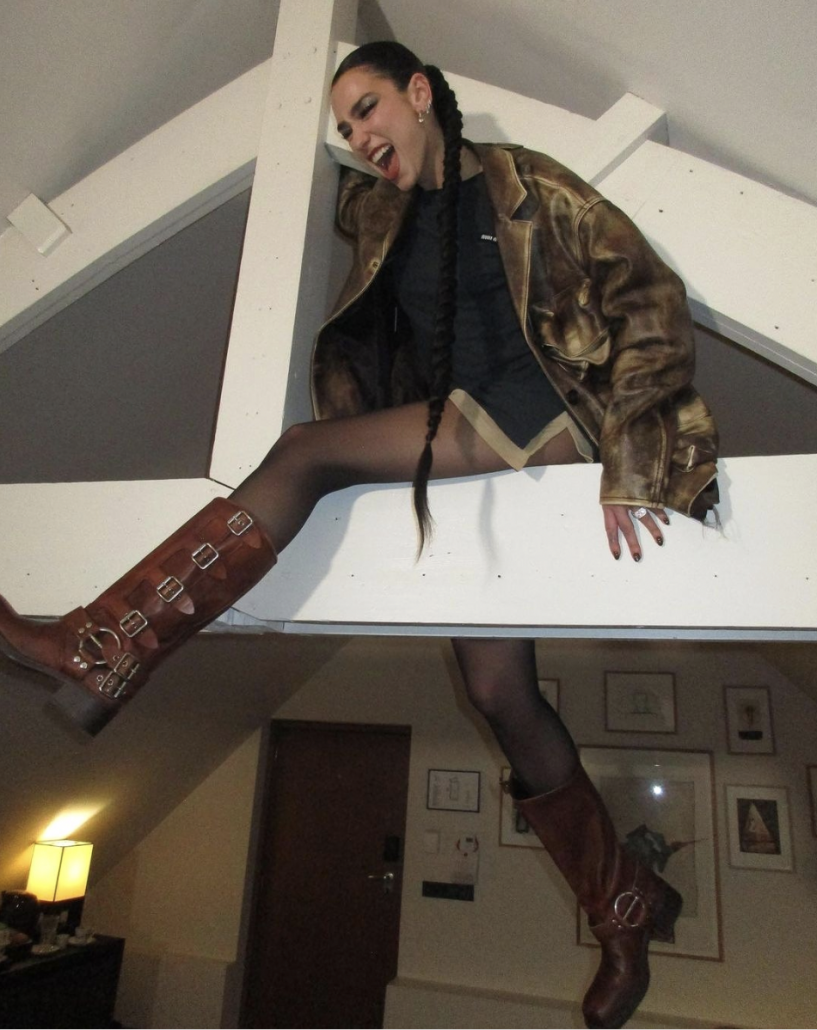
Equally responsible for trend diffusion, as evoked above, is the copycat phenomenon. We saw with the platform heel how high-fashion trends also propagate through copying, in which bridge and fast-fashion brands iterate the trend themselves for a wider customer base.
Miu Miu’s fall/winter 2022 collection featured a biker boot that garnered significant attention. The boot was sturdy, embellished with prominent buckles, and radiated a bold attitude. Miu Miu’s creation established the trend for the season, inspiring many other brands to follow suit and release their own versions of biker boots.
By autumn 2023, the biker boot craze had become a worldwide sensation, with knee-length designs from ZARA and distressed brown boots from ASOS among the most popular.
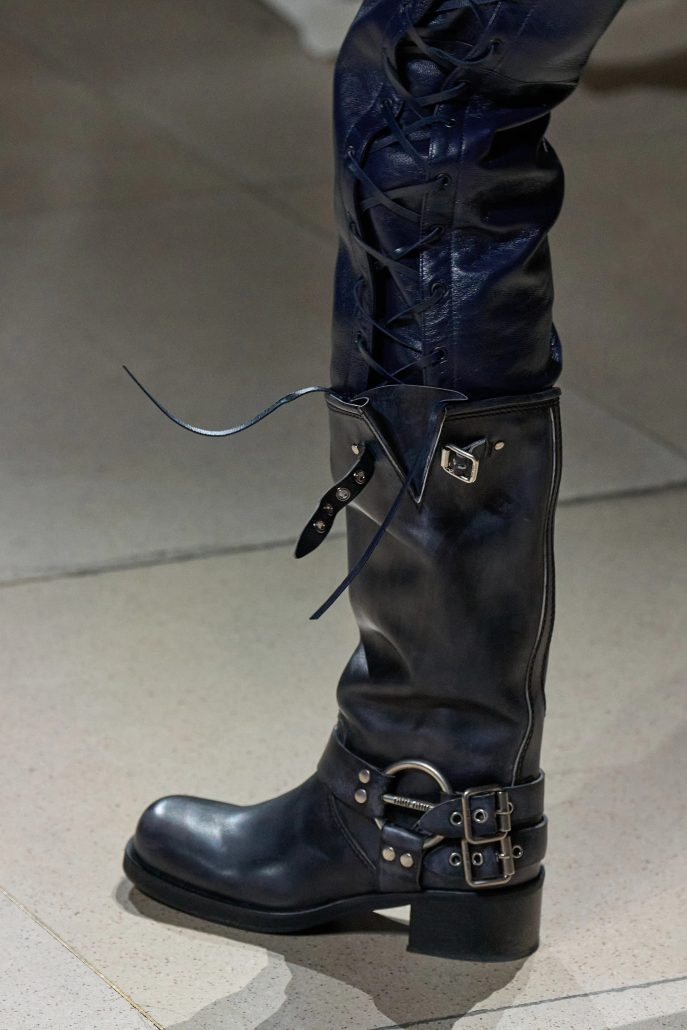
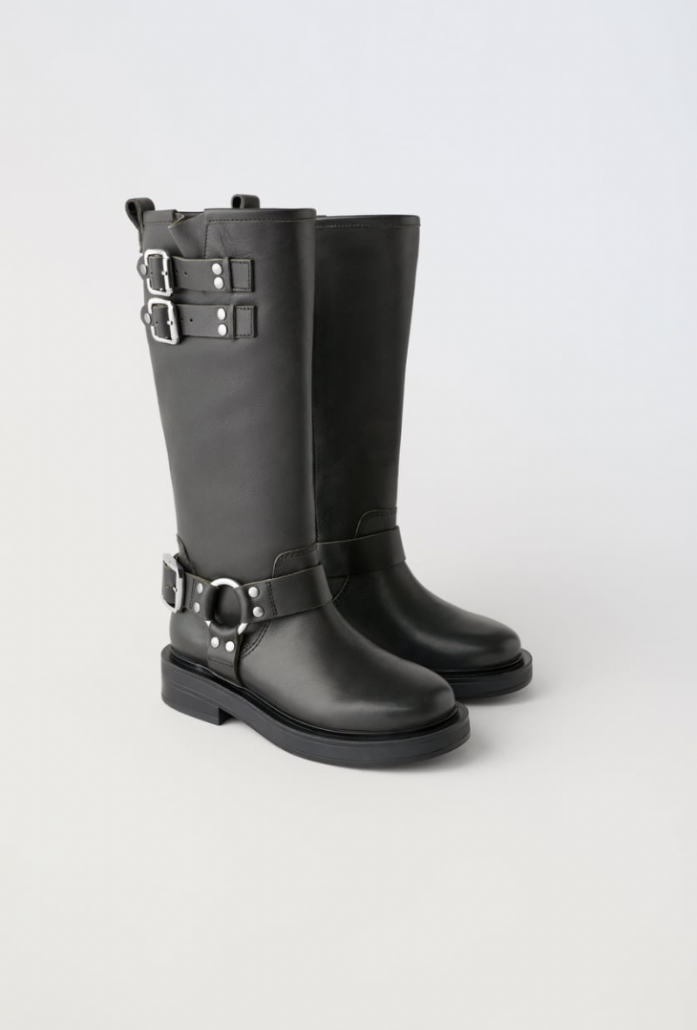
3. The life cycle peak
The peak stage is where a trend reaches the climax of its popularity among a mainstream audience. Most major retailers now carry the trend and render it accessible to all consumer types, often at lower prices than during the increase stage, and most luxury brands no longer carry the trend as a result. This is a peculiar time in a trend’s life cycle, because the length of its peak is rather unpredictable.
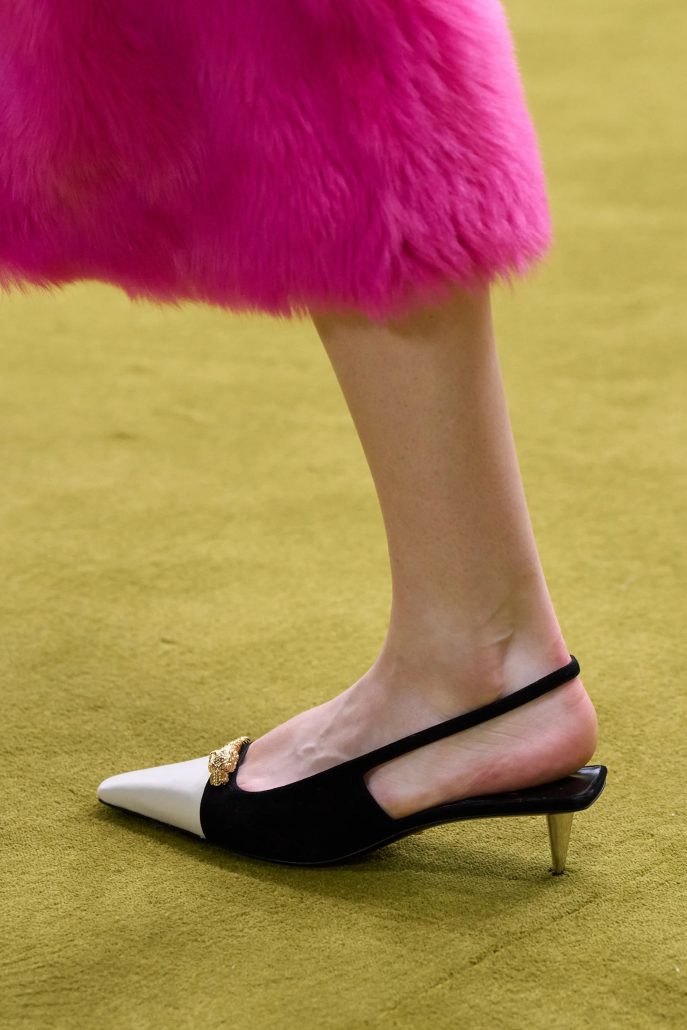
Some trends, like the kitten heel sandal, were popular for only one season in SS21 — Heuritech’s data revealed an 18% decrease between Summer 2021 and Summer 2022 among American women.
Other trends, like ribbed knit fabric, have maintained high popularity for many consecutive seasons — our trend forecasters first noticed the trend in Spring 2020, and predictions for Spring 2022 have ribbed knit fabric at +16% for men in the US.
Left: Gucci
This is where trend forecasters can provide useful data to fashion brands who must know season-to-season how an increasing or popular trend will fare in the coming months. A trend that’s predicted to decrease in popularity the next season won’t be included in the brand’s upcoming collection, for example, leaving more room for new trends to take their place.
Design and merchandising technologies have greatly reduced the speed-to-market, and social media makes it so trends rise and fall overnight.
Here, high-fashion and luxury brands tend to be at least one season ahead of their bridge and fast-fashion counterparts. This is because they’re often the ones introducing new trends, and they tend to steer away from mainstream appeal in order to maintain their “trendsetter” status. At its peak, a trend is usually no longer carried by luxury brands in lieu of fast-fashion brands pushing these styles.

4. Trends must decline
On a related note, the decline stage closely follows the peak stage because it lives behind the fine line of market oversaturation. A trend’s widespread popularity is often its downfall, because consumers tend to grow tired of seeing too much of a trend, or start to feel too “mainstream”.
The previously-mentioned kitten heel is a good example of this — with external factors influencing the trend’s popularity, namely the Sex and the City reboot and the return of Y2K fashion, the Plain Mini Skirt rose so quickly that consumers grew bored of it just as fast. When this happens, luxury brands keep the trend for one or two seasons only, and retailers begin to sell the trend at discounted prices before eventually phasing out the trend entirely.
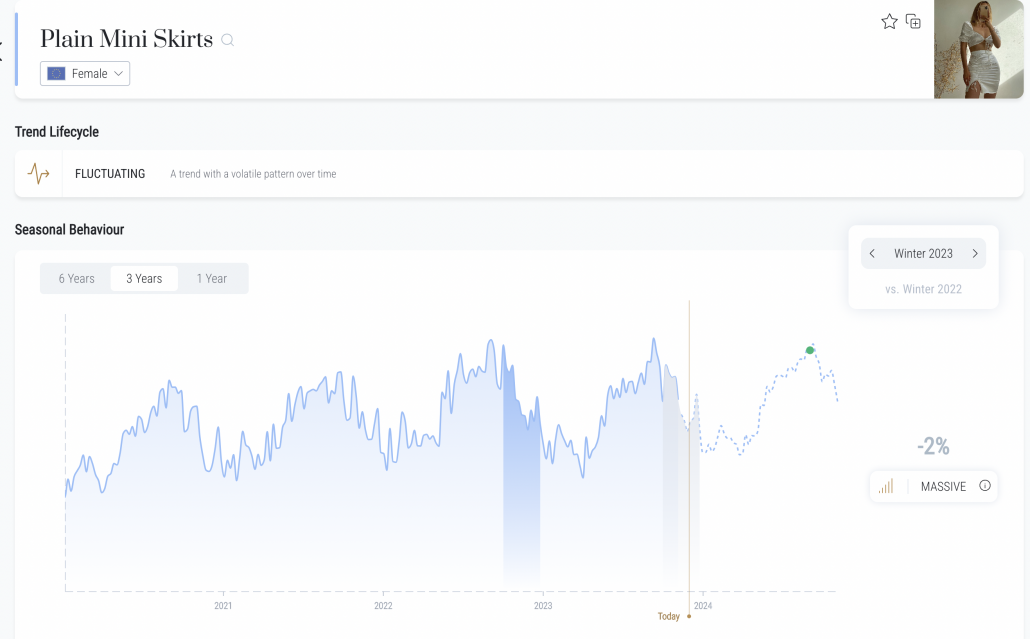
5. The obsolescence of a fashion trend
The final stage of a trend’s life cycle is called the obsolescence stage, during which a style becomes widely labeled as “out of fashion”. Consumers who shortly before enjoyed the trend move on to new peak trends and leave the obsolete trends behind.
Back in 2015, for instance, you couldn’t walk outside without seeing a bomber jacket — high-fashion brands like Helmut Lang, Rick Owens, and Balenciaga saturated their collections with the style, and fast-fashion brands like H&M and Topshop quickly followed. A few seasons later, we saw a rapid decline in the bomber jacket trend before it ultimately disappeared from retailers’ clothing racks.
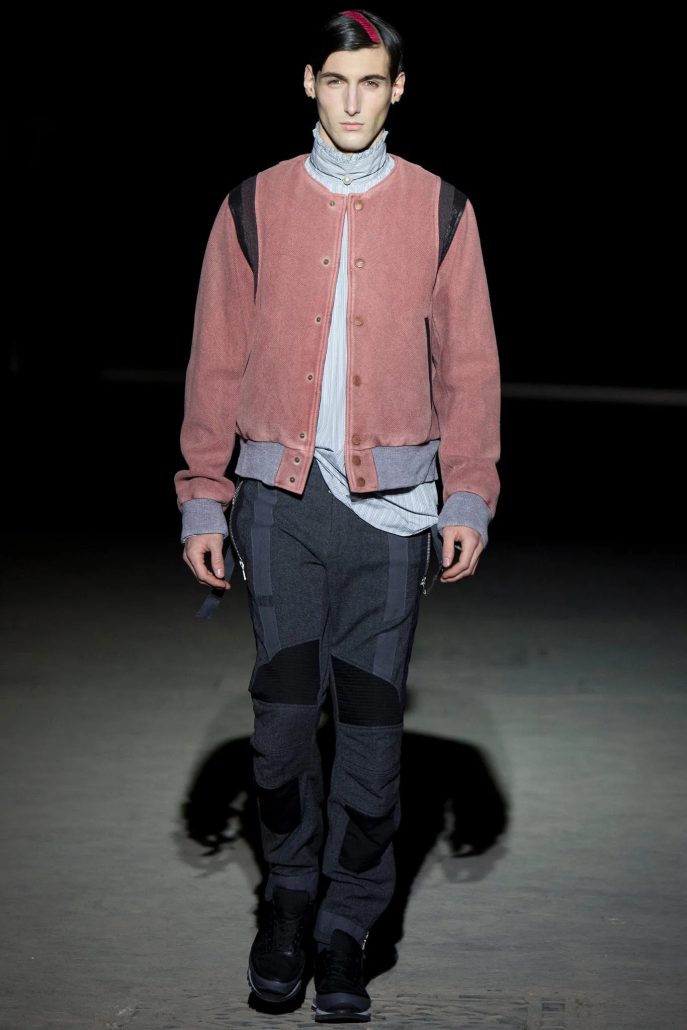
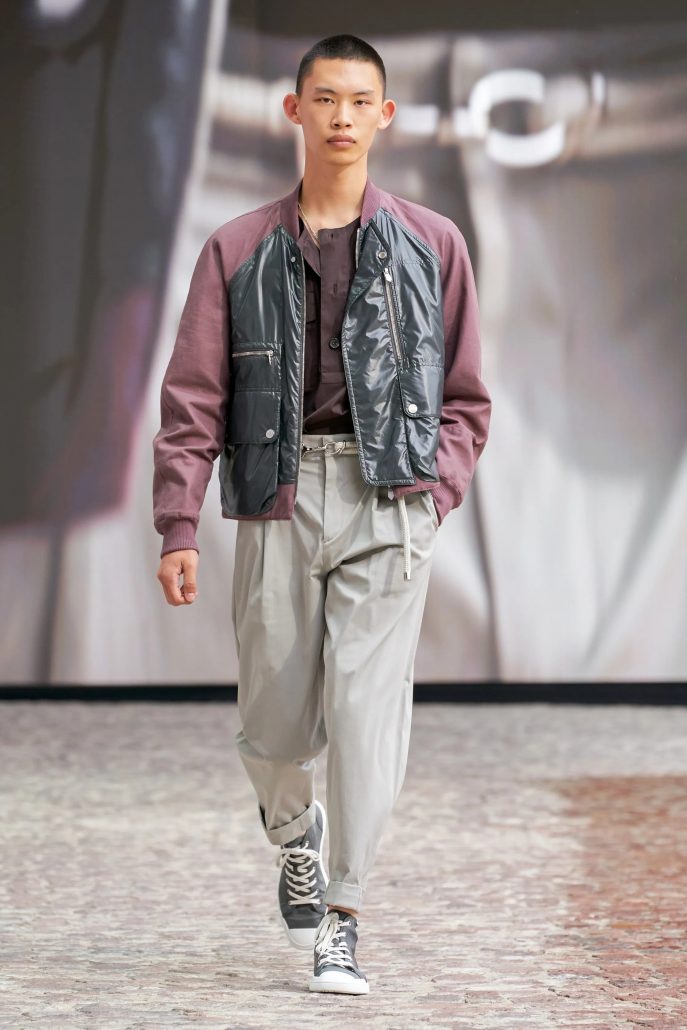
But an “obsolete” trend doesn’t necessarily imply that it won’t return to the fashion cycle; often, past trends are revamped to fit the current moment and once again experience a full life cycle. Despite its 5-year absence from the market, the bomber jacket is already back — in the Fall Winter 2023 collections, a variety of brands, including Diesel and Martine Rose, presented their iterations of the trend.

Indeed, Heuritech’s Winter 2023 predictions reveal a 26% increase in the demand for bomber jackets among women in the USA compared to the Winter 2022 data. Following the typical trend life cycle, we can expect to see bomber jackets among retailers and fast-fashion brands in the coming seasons.
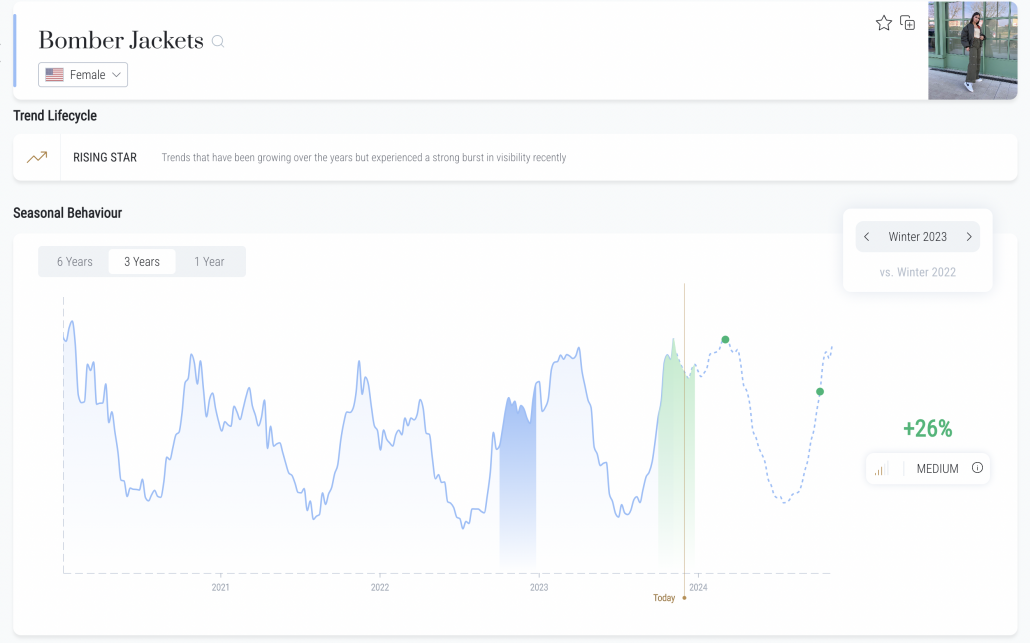
The circle of fashion trends
While the life cycle of a trend can’t be predicted with 100% precision, it is possible to ascribe certain patterns to it in order to better navigate market changes. Again, the general life cycle of a trend is as such:
- Introduction
- Rise
- Peak
- Decline
- Obsolescence
With this model, fashion brands are better able to make collection decisions that will satisfy their customers. Luxury and fast-fashion brands may be on staggered trend calendars from one another, but the usefulness of understanding a trend’s life cycle remains the same.
Furthermore, trend forecasting contributes an extra level of precision to collection-making. Each trend moves through its life cycle in a unique way, so real-time data on specific trends is essential to pinpointing their past, present, and future behaviors.
